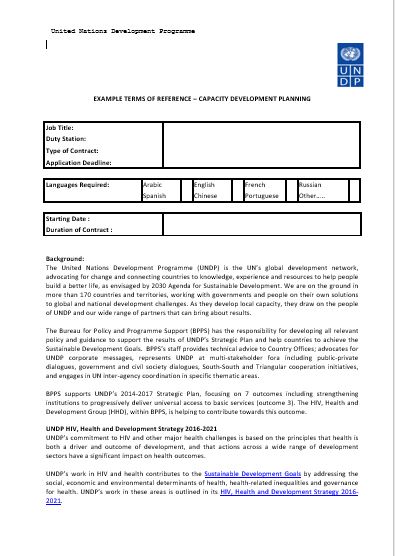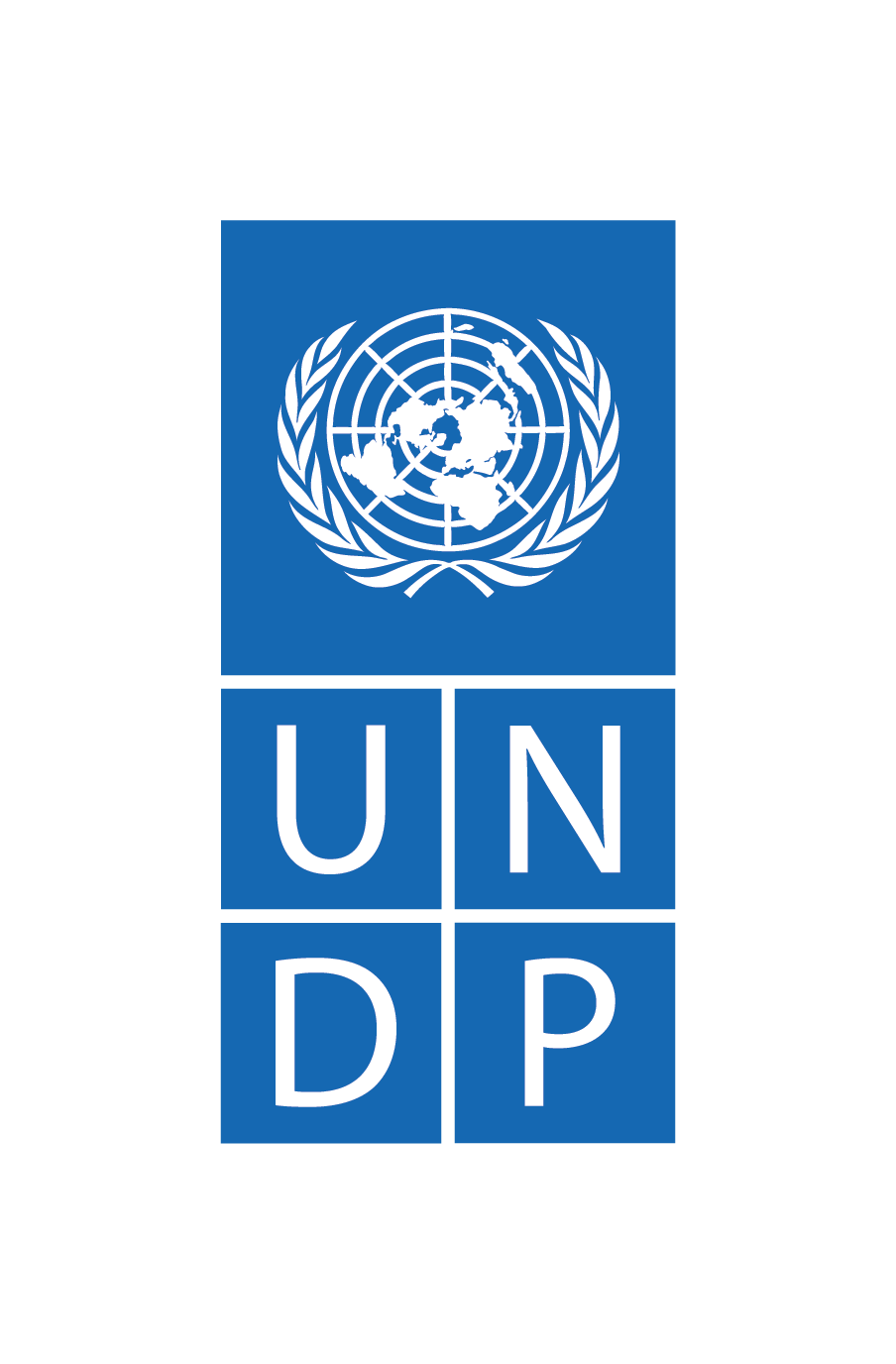Monitoring the implementation of the capacity development plan
Purpose
The implementation of a capacity development plan includes managing interventions to achieve results and monitoring progress against the agreed indicators. Monitoring activities should inform the implementation process on a regular basis and should allow managers to adapt and change as necessary to achieve results.UNDP’s offer
Following the launch of a capacity development plan, UNDP supports the ministry of health and other stakeholders to:
- Prepare for implementation: confirm the implementation arrangements, including who will monitor the day-to-day activities, how information will be shared about results, and management roles and responsibilities.
- Confirm the capacity development oversight arrangements: identify who will oversee the implementation on a quarterly or semi-annual basis.
- Implement the capacity development plan and conduct regular monitoring: manage inputs and resources to implement activities and ensure regular monitoring and reporting to management and the oversight group
- Adapt the plan and alter course if necessary: adjust the programme as required during implementation to better achieve results.
Evaluations of both service delivery and plans to strengthen the health system should feed back to the stakeholders involved in the programme design and implementation and to the national strategic plan to assess the programme’s contribution to national goals.
Tools and guidance
UNDP has supported the implementation of capacity development plans in countries as diverse as Zimbabwe, Afghanistan, Sudan and Zambia, working in close partnership with national entities. Based on this experience, UNDP has developed a guide to monitoring and evaluating capacity development which brings together lessons learnt and offers ideas on best practices.
The following points should be considered during implementation.
- Capacity development needs can change over time. Capacity development interventions and schedules may need to be adapted, redefined and updated at many points during implementation, on account of changing needs of individuals and organizations within a changing environment. Therefore, the regular monitoring of indicators is important and the changing of plans is likely.
- There should be flexibility in the management of capacity development. Because capacity development is complex, and it can be difficult to measure changes in capacity, it does not necessarily fit well within the typical project management method of measuring numbers relative to budget. The primary need is for management to critically review both quantitative and qualitative progress and assess the changes in capacity as well as any new needs that have emerged.
- Strong communication on implementation is key. To improve effective communications during implementation between the various country stakeholders, a web-based knowledge sharing system can be considered to organize activity schedules, provide updates on deliverables and store reports.
- Existing stakeholder bodies should be leveraged for oversight processes. In the context of the Global Fund to Fight AIDS, Tuberculosis and Malaria (The Global Fund) programmes, Country Coordinating Mechanisms (CCM) can be one of the most effective mechanisms for the oversight of implementation of capacity development plans because of their focus on national ownership and because they consist of representatives from all key sectors and constituencies within countries. Creating a culture of dialogue among the different CCM members could result in more effective and efficient delivery of capacity development measures and should promote the sharing of good practices.
Key resources

Generic TOR Functional Review
Example document and template for writing terms of reference for functional review.
MS Word

Generic TOR CD Mid-term Review
Example document and template for writing terms of reference for capacity development mid-term review.
MS Word

Generic TOR Operations Manual Development
Example document and template for writing terms of reference for the development of an operations manual.
MS Word

Generic TOR Financial Management Manual Development
Example document and template for writing terms of reference for financial management manual development.
MS Word

Generic Table of Contents Operations Manual
Example document and template for generating operations manual table of contents.
MS Word

Monitoring and Evaluation of Capacity Development
Example document and template for implementing capacity development monitoring and evaluation processes.
MS Word
